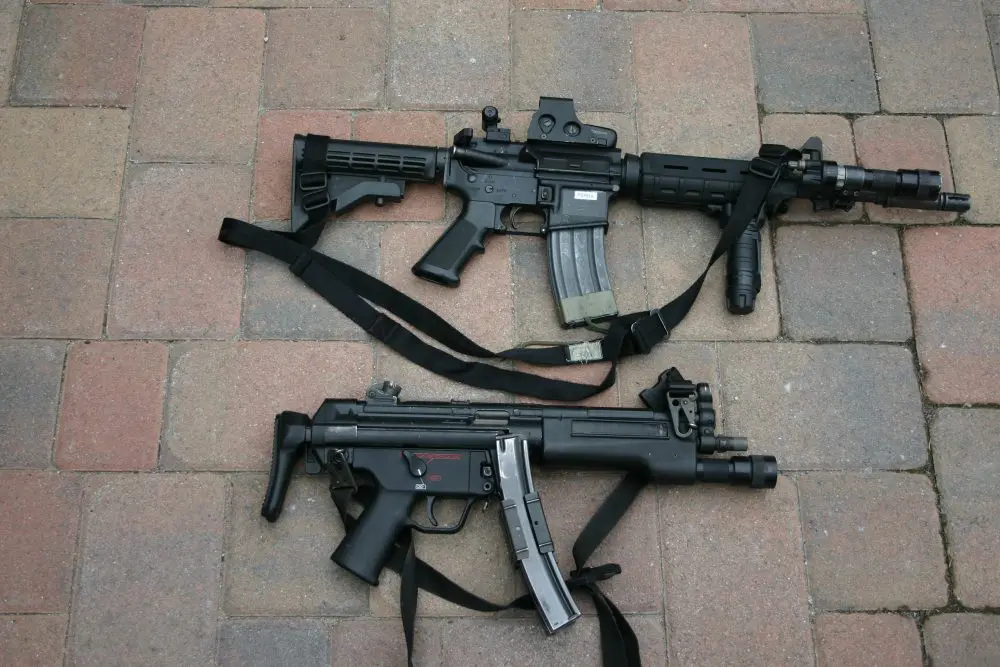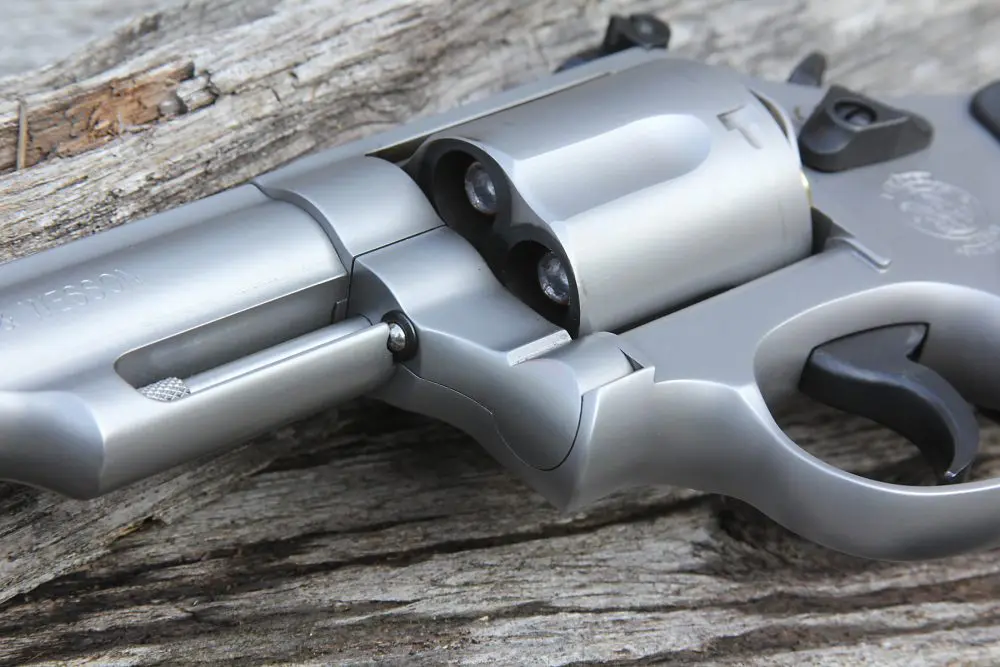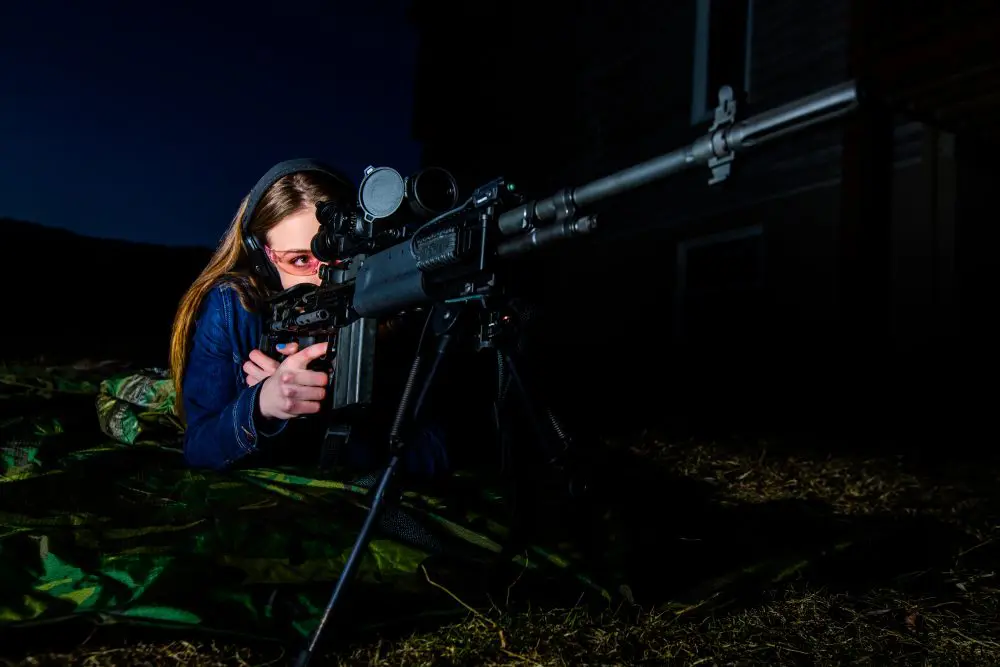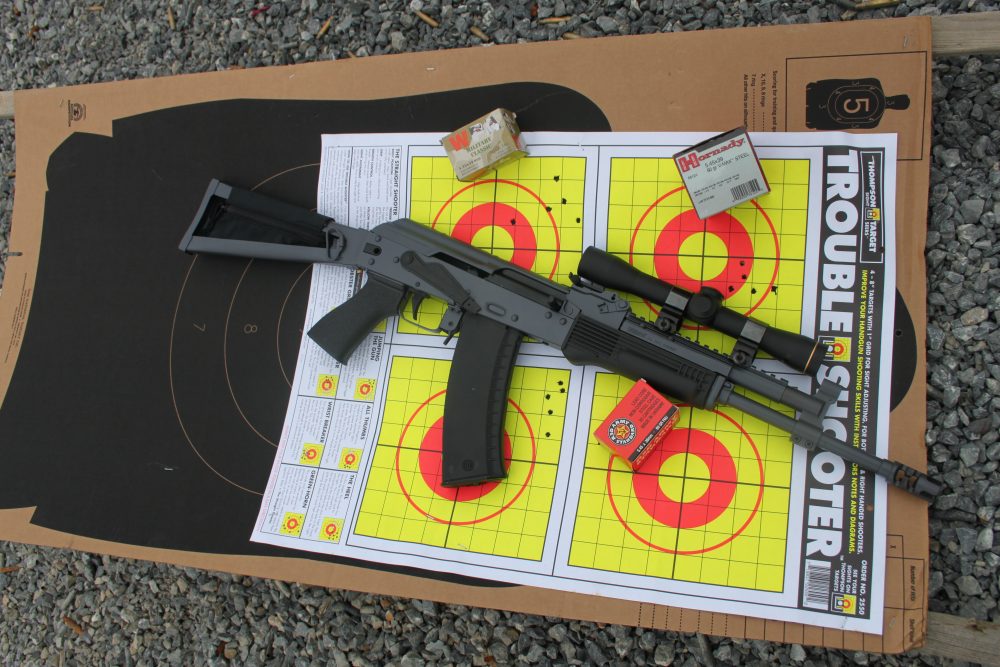You’re motoring happily along, singing to the radio with the wind in your hair when it happens. The problem could be the result of road rage, a kidnapping for ransom attempt, a disgruntled former lover, or some nasty entanglement with organized crime. Regardless, someone in another vehicle appears intent on making this your final drive.
Such road-borne emergencies are a mainstay of television and movies, as there is nothing more visually exciting than two vehicles slamming into each other, bullets flying, well-placed fruit stands exploding, intercut with close-ups of our steely eyed hero with nary a drop of sweat on his upper lip. Invariably, the villain’s sedan ends up as flaming wreckage after careening down a 5,000-foot canyon that inexplicably appears in the middle of Kansas.
That’s great entertainment, but let’s talk about what happens in real life when somebody attacks while you’re cruising down the road.
First, as in every tactical event, having good situational awareness is the key to survival. Seeing a problem approaching from any direction gives you valuable time to formulate and execute a plan. This is why constant scanning in all directions, especially a half mile ahead in the distance, is a critical skill for both vehicular safety and tactical reasons.
What we are trying to ferret out are the danger signs of a pending attack. Common, but typically overlooked, indicators of potential problems include: vehicles being operated in an erratic or unusual fashion, being “tailed” (followed) by another vehicle, another vehicle staying alongside on a multi-lane highway or making dangerous passing maneuvers on two-lane roads, impromptu roadblocks, people standing on overpasses, people using binoculars to observe traffic, or simply anything that seems out of place for the circumstances.
Your vehicle is your protective (but not impenetrable) shell and should be organized and maintained as such. This means it is fueled; in good mechanical condition; the windshields are not obscured by dirt, frost or objects; you use your seatbelts or restraints; and there aren’t loose objects in the passenger compartment.
One of the most common loose objects during a tactical crisis is a gun. People, especially plainclothes cops, seem to think that laying a gun on the seat or nearby while operating in a dangerous environment is a great idea. It works, at least until you stop suddenly, take evasive action, or get rammed. The gun will then go flying and likely wedge itself into a spot where only a mechanic equipped with the Jaws of Life can retrieve it. Read the after-action report of the infamous 1986 Miami Shootout for a real-world example.
Guns aside, the key to staying safe during a vehicular attack is to stay mobile—to stop is to die.
Roadblocks and staged traffic accidents have accounted for untold murder and kidnap victims over the years. When you see people, objects or vehicles blocking your path, it’s time to make the most critical decision of your life: how can I get out of the “kill zone”?
There are numerous techniques for doing this, ranging from ramming to reverse evasive maneuvers. Since this column doesn’t qualify as certified training, we’ll admonish you to seek professional instruction in the art of emergency driving. But until graduation day arrives, remember to keep moving at all costs.
When fleeing a kill zone or rolling attack, it is important not to crash or otherwise disable your own vehicle. This happens because most people tend to “over drive” in a crisis. Speaking from multiple experiences, it is quite easy to take yourself out of a fight by loss of vehicle control. Stay loose, cool, collected, and in control behind the wheel.
Smashing into things is an effective tactic, but whether intentional or unintentional, it’s also likely that your vehicle will cease operating. Thus, avoid damage if at all possible. If necessary and practical, take a tip from demolition derby drivers and use the rear of your car rather than the front to ram things such as pursuers or barricades.
Keep in mind that things like signposts, detached vehicle parts and even curbs can disable your car. If you must jump a curb to escape, try to hit it at an angle rather than straight on, as you are less likely to blow out a tire. If you drive onto a grassy median, watch for debris such as pieces of metal and big rocks that are undoubtedly lurking in the weeds, ready to ruin your drive train.
In a rare instance of movies accurately portraying life, actual pursuit experience has shown most fences offer little resistance to oncoming vehicles. So even a high chain-link fence shouldn’t stop your progress if that is the only avenue of escape.
Vehicles can be efficient anti-personnel weapons if needed. I once witnessed a 350-pound man fly about 50 feet downrange after pointing his shotgun at a police car. In this particular case, circumstances dictated that my co-worker stomp the accelerator rather than try to stop and engage or reverse away from the suspect. It was quite effective.
In dire situations, it is quite difficult to stop a vehicle using small arms fire. Yes, a bullet-riddled car will eventually go to the big repair shop in the sky, but the people inside might do heinous things to you long before that happens; likewise with tires. In other words, don’t waste bullets shooting at vehicles unless you happen to be shooting something explosive-tipped or you are certain to hit the driver. Even then, you might inadvertently launch an out-of-control 5,000-pound missile.
There is also the “Bystander Bullet-Catcher” effect to consider. That’s why most cops don’t shoot at or from moving vehicles anymore.
And that’s why movies are so much more fun than real life.




